Home>Gardening & Outdoor>Plant Care & Gardening Tips>What To Do With Mums After They Bloom
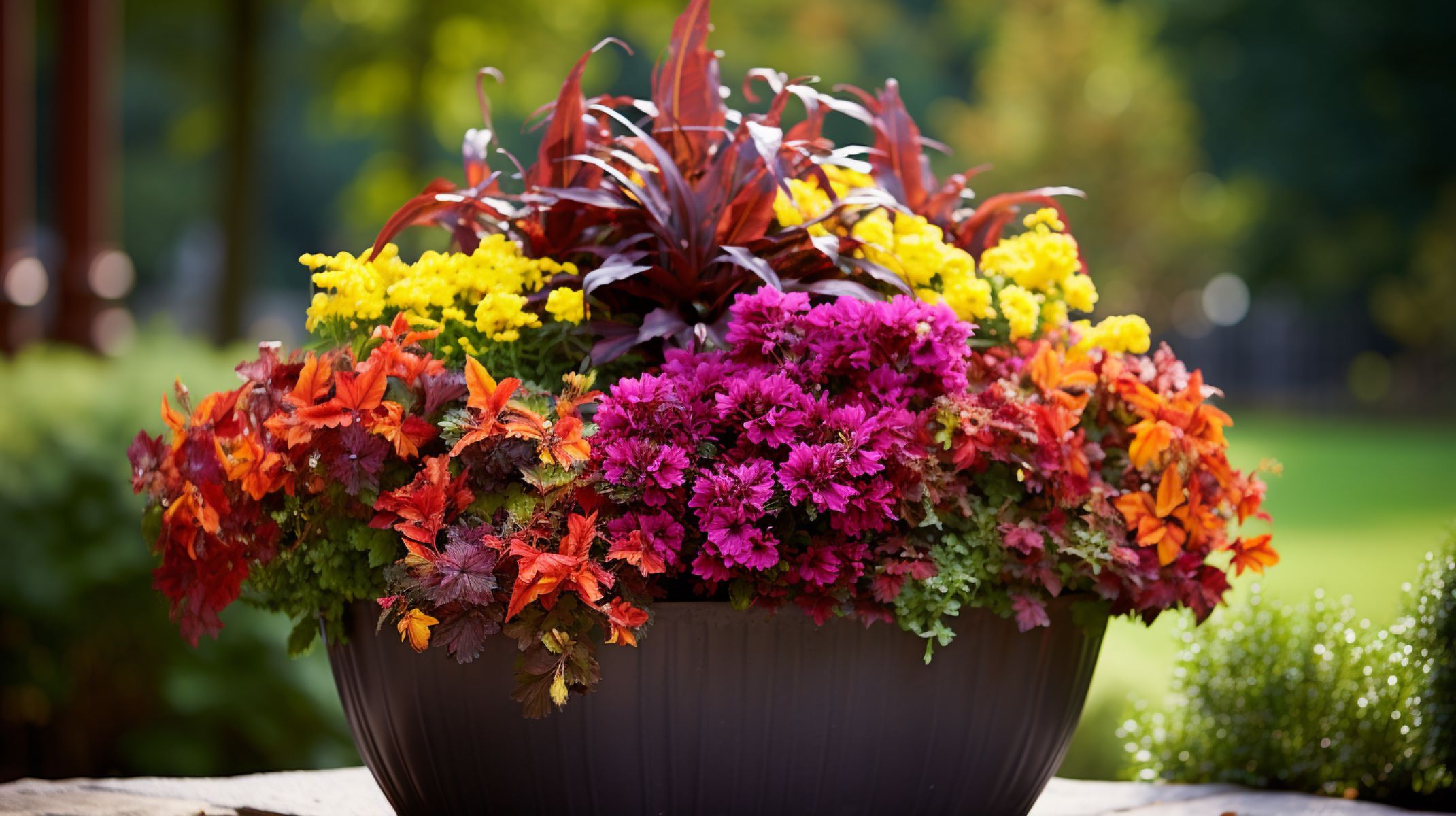

Plant Care & Gardening Tips
What To Do With Mums After They Bloom
Modified: August 17, 2024
Discover essential plant care and gardening tips for mums after they bloom. Learn how to maintain and nurture your mums for long-lasting beauty. Explore expert advice now!
(Many of the links in this article redirect to a specific reviewed product. Your purchase of these products through affiliate links helps to generate commission for Storables.com, at no extra cost. Learn more)
Tips for Pruning Mums
Pruning mums is an essential task for maintaining the health and appearance of these vibrant flowering plants. By following a few simple tips, you can ensure that your mums remain robust and continue to bloom beautifully.
-
Timing is Key: The timing of pruning is crucial for mums. To encourage bushier growth and prevent legginess, it's best to prune mums in the early spring when new growth begins to emerge. This allows the plants to allocate their energy towards developing strong, healthy stems and abundant blooms.
-
Pinching Technique: One of the most effective methods for pruning mums is the pinching technique. As soon as new growth reaches a height of 6 inches, use your thumb and forefinger to pinch off the top inch of each stem. This simple action promotes branching and results in a fuller, more compact plant.
-
Deadheading Spent Blooms: Regular deadheading is essential for prolonging the blooming period of mums. As soon as the flowers begin to fade, use clean, sharp pruners to remove the spent blooms. This not only maintains the plant's aesthetic appeal but also redirects its energy towards producing new buds, ensuring a continuous display of colorful flowers.
-
Cutting Back in Summer: In mid-summer, consider cutting back the mums by one-third of their height. This practice helps to prevent the plants from becoming overly leggy and encourages a more compact growth habit. Additionally, it can stimulate a second wave of blooms in the late summer or early fall, extending the flowering season.
-
Trimming for Winter: As winter approaches, it's advisable to trim the mums to a height of 3 to 4 inches above the ground after the first hard frost. This helps to protect the plants from the harsh winter conditions and promotes healthy regrowth in the following spring.
By implementing these pruning techniques, you can effectively maintain the vigor and visual appeal of your mums, ensuring that they continue to thrive and delight with their abundant blooms.
Key Takeaways:
- Prune mums in early spring to encourage bushier growth and prevent legginess. Deadhead spent blooms and cut back in summer for a second wave of blooms, ensuring continuous colorful flowers.
- Keep mums healthy by providing adequate sunlight and water, regular fertilization, disease and pest management, proper air circulation, and winter protection. Embrace creativity by repurposing spent mums for decorative crafts and natural dyes.
Read more: What Time Of Year Do Mums Bloom
How to Keep Mums Healthy
Ensuring the ongoing health and vitality of your mums involves a combination of attentive care, strategic maintenance, and a nurturing environment. By implementing the following practices, you can support the long-term well-being of these beloved flowering plants.
Adequate Sunlight and Water
Mums thrive in full sunlight, so it's crucial to position them in a location that receives at least six hours of direct sunlight each day. This optimal exposure not only promotes robust growth but also enhances the vibrancy of the blooms. Additionally, maintaining consistent soil moisture is essential for mums. While they prefer well-draining soil, it's important to water them regularly, especially during dry spells, to prevent the soil from drying out completely.
Fertilization
Providing mums with the appropriate nutrients is key to sustaining their health and promoting prolific flowering. A balanced, water-soluble fertilizer can be applied every two to four weeks during the growing season, following the manufacturer's instructions. This regular feeding regimen ensures that the mums receive essential nutrients, supporting their overall vigor and enhancing their ability to produce an abundance of colorful blooms.
Disease and Pest Management
Vigilant monitoring for signs of disease or pest infestations is crucial for maintaining the health of mums. Common issues such as powdery mildew and aphids can impact the plants' vitality and appearance. To mitigate these risks, it's advisable to inspect the mums regularly and promptly address any signs of trouble. Utilizing organic pest control methods and ensuring proper air circulation around the plants can help prevent the onset of diseases and minimize pest-related damage.
Read more: When Do Mums Bloom In Michigan
Adequate Air Circulation
Proper air circulation is essential for preventing the development of fungal diseases and promoting overall plant health. When planting mums, ensure an adequate spacing of at least 18 to 24 inches between each plant. This spacing allows for sufficient airflow, reducing the risk of fungal issues and creating an environment conducive to healthy growth.
Winter Protection
As the colder months approach, providing adequate protection for mums is essential for their survival and future growth. Applying a layer of mulch around the base of the plants helps insulate the roots and maintain consistent soil temperatures. Additionally, shielding the mums from harsh winds and extreme temperature fluctuations can safeguard them from winter damage, ensuring their resilience when the spring season arrives.
By adhering to these guidelines and implementing proactive measures, you can effectively support the ongoing health and vitality of your mums, enabling them to flourish and grace your garden with their captivating beauty for years to come.
Creative Ways to Display Spent Mums
After the vibrant display of blooms has faded, you might wonder what to do with spent mums. Instead of discarding them, consider exploring creative ways to repurpose these resilient plants, infusing your living spaces with a touch of natural beauty and charm.
1. Dried Floral Arrangements
Embrace the enduring allure of mums by creating captivating dried floral arrangements. Gather the spent blooms and allow them to air dry in a well-ventilated area. Once dried, these blossoms can be artfully arranged in vases or woven into wreaths, adding a timeless elegance to your home décor.
Read more: How Long Do Bloomed Mums Last
2. Potpourri and Sachets
Harness the aromatic potential of spent mums by incorporating them into homemade potpourri or sachets. Combine the dried petals with complementary fragrant elements such as lavender, rosemary, or citrus peels to create delightful blends that infuse your living spaces with a soothing and refreshing scent.
3. Decorative Crafts
Unleash your creativity by integrating spent mums into various crafting projects. From embellishing greeting cards and scrapbooks to adorning candles and creating pressed flower art, the petals and foliage of mums can serve as versatile and visually appealing materials for a wide array of DIY endeavors.
4. Natural Dyes
Explore the potential of mums as natural dye sources for fabric and craft projects. The petals of these resilient flowers can yield a spectrum of hues, ranging from soft pastels to vibrant tones. By utilizing a simple extraction process, you can harness the pigments within the spent mums to imbue textiles, yarn, and other materials with nature-inspired colors.
5. Composting
While not a display method in the traditional sense, composting spent mums is a sustainable and eco-friendly approach that honors the cyclical nature of plant life. By incorporating the organic matter of mums into your compost pile, you contribute to the enrichment of the soil, fostering a regenerative cycle that nurtures future plant growth.
By embracing these creative avenues for displaying spent mums, you can extend the beauty and essence of these resilient plants beyond their blooming phase, infusing your surroundings with a sense of natural artistry and resourceful ingenuity.
Read more: Why Are My Potted Mums Not Blooming
When and How to Divide Mums
Dividing mums is a beneficial practice that rejuvenates the plants, promotes healthier growth, and allows for the expansion of your garden's floral display. Knowing the opportune time to divide mums and the proper technique for doing so is essential for ensuring the success of this horticultural endeavor.
Timing for Dividing Mums
The ideal time to divide mums is in the early spring, just as new growth begins to emerge. This period aligns with the natural growth cycle of the plants and provides them with ample time to establish their root systems before the onset of the blooming season. Dividing mums in the spring also allows the divided segments to acclimate to their new locations and flourish throughout the growing season, ultimately yielding a more robust and abundant display of blooms.
Step-by-Step Division Process
-
Preparation: Begin by watering the mums thoroughly a day or two before the planned division. Moist soil facilitates the extraction of the root ball and minimizes stress on the plants during the division process.
-
Digging: Using a sharp spade or garden fork, carefully dig around the perimeter of the mum plant, creating a circular trench that extends beyond the outermost foliage. As you dig, angle the tool inward to loosen the soil and roots without causing damage.
-
Lifting and Separating: Gently lift the mum plant from the ground, ensuring that the entire root ball is intact. Once lifted, the root ball can be divided into smaller segments using a sharp, clean knife or garden shears. Each division should consist of a healthy portion of roots and several vigorous shoots or stems.
-
Replanting: Select suitable locations for the divided mums, ensuring that the soil is well-draining and enriched with organic matter. Dig individual planting holes for each division, accommodating the root systems and ensuring that the crown of the plant rests at ground level. After planting, water the divisions thoroughly to promote root establishment and reduce transplant shock.
Aftercare and Maintenance
Following the division process, it's essential to provide the newly divided mums with attentive care. Regular watering, especially during dry spells, is crucial for supporting the establishment of the root systems. Additionally, applying a balanced, water-soluble fertilizer can provide the necessary nutrients to facilitate healthy growth and robust blooming.
By adhering to the recommended timing and employing the proper division technique, you can effectively divide mums to rejuvenate existing plants, expand your garden's floral repertoire, and foster the continued vibrancy of these beloved flowering perennials.
Frequently Asked Questions about What To Do With Mums After They Bloom
Was this page helpful?
At Storables.com, we guarantee accurate and reliable information. Our content, validated by Expert Board Contributors, is crafted following stringent Editorial Policies. We're committed to providing you with well-researched, expert-backed insights for all your informational needs.
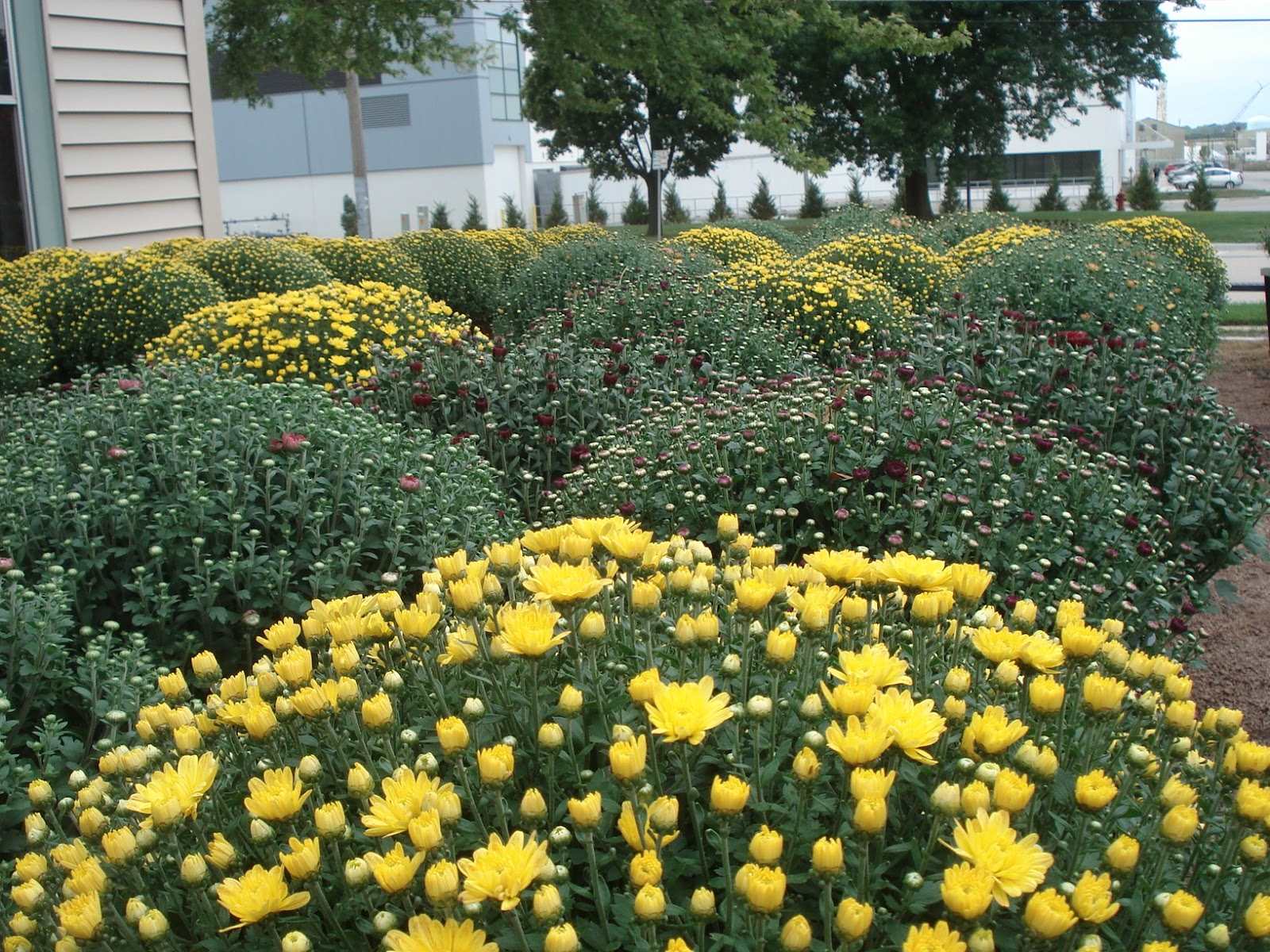
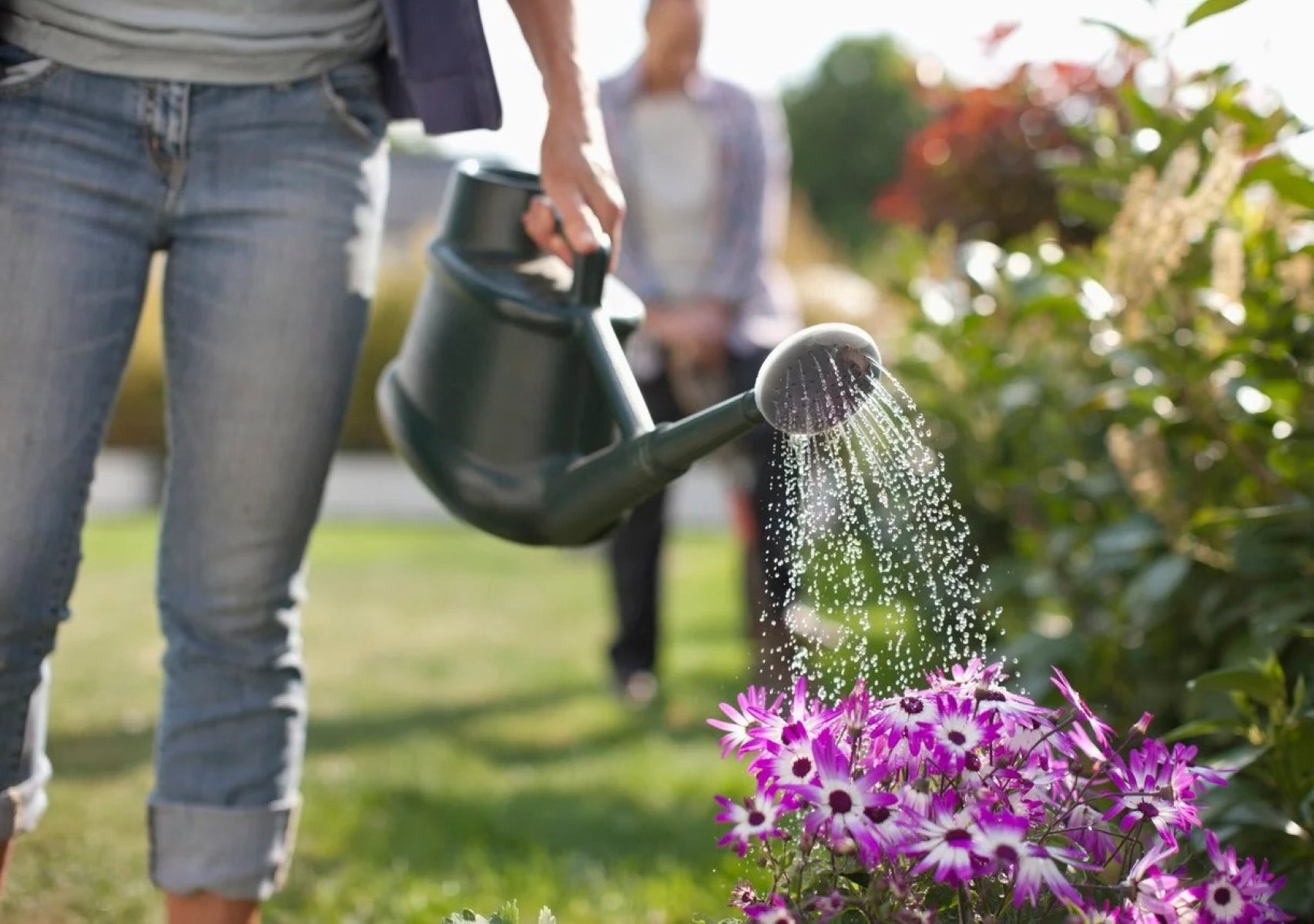
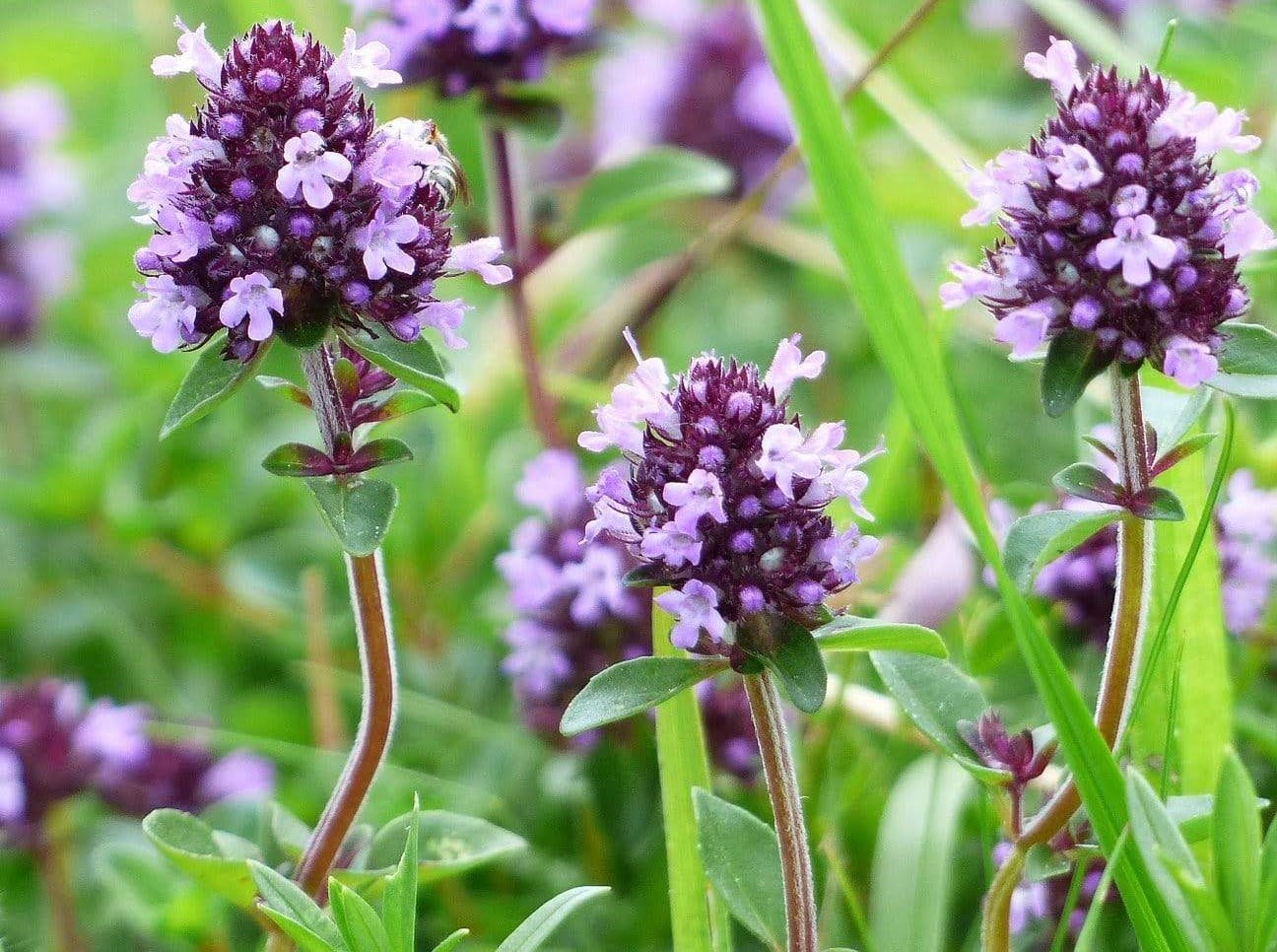
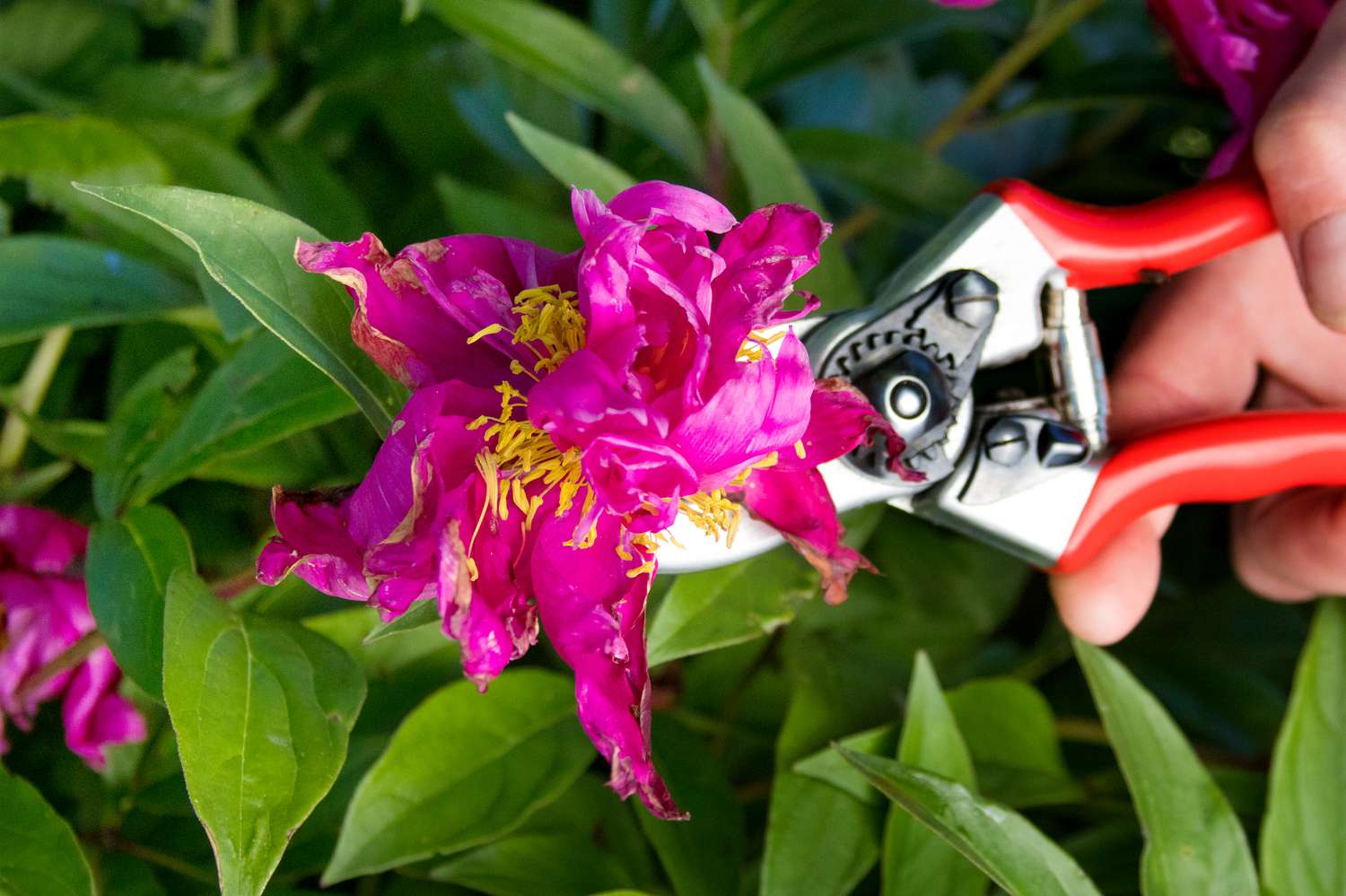
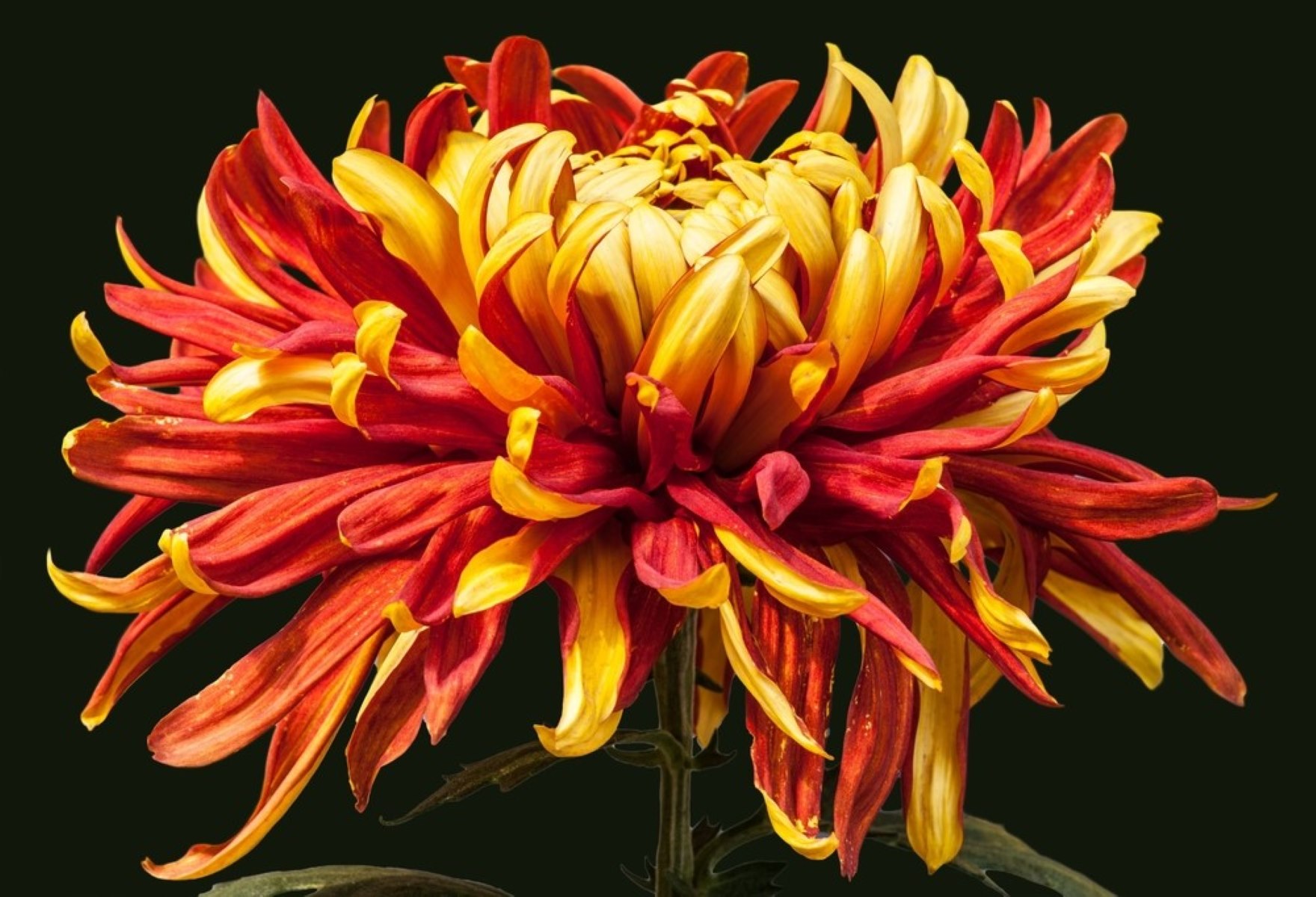
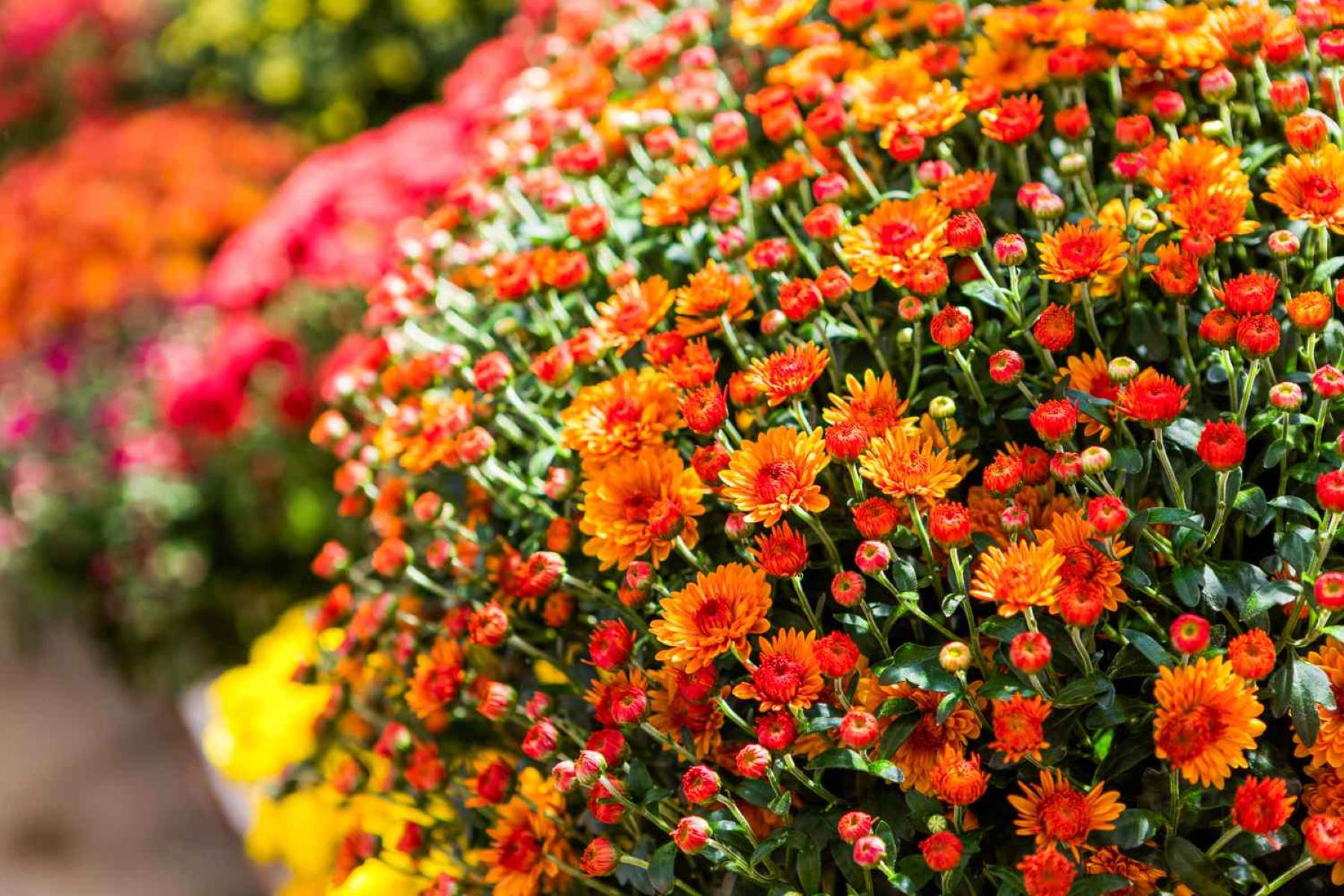
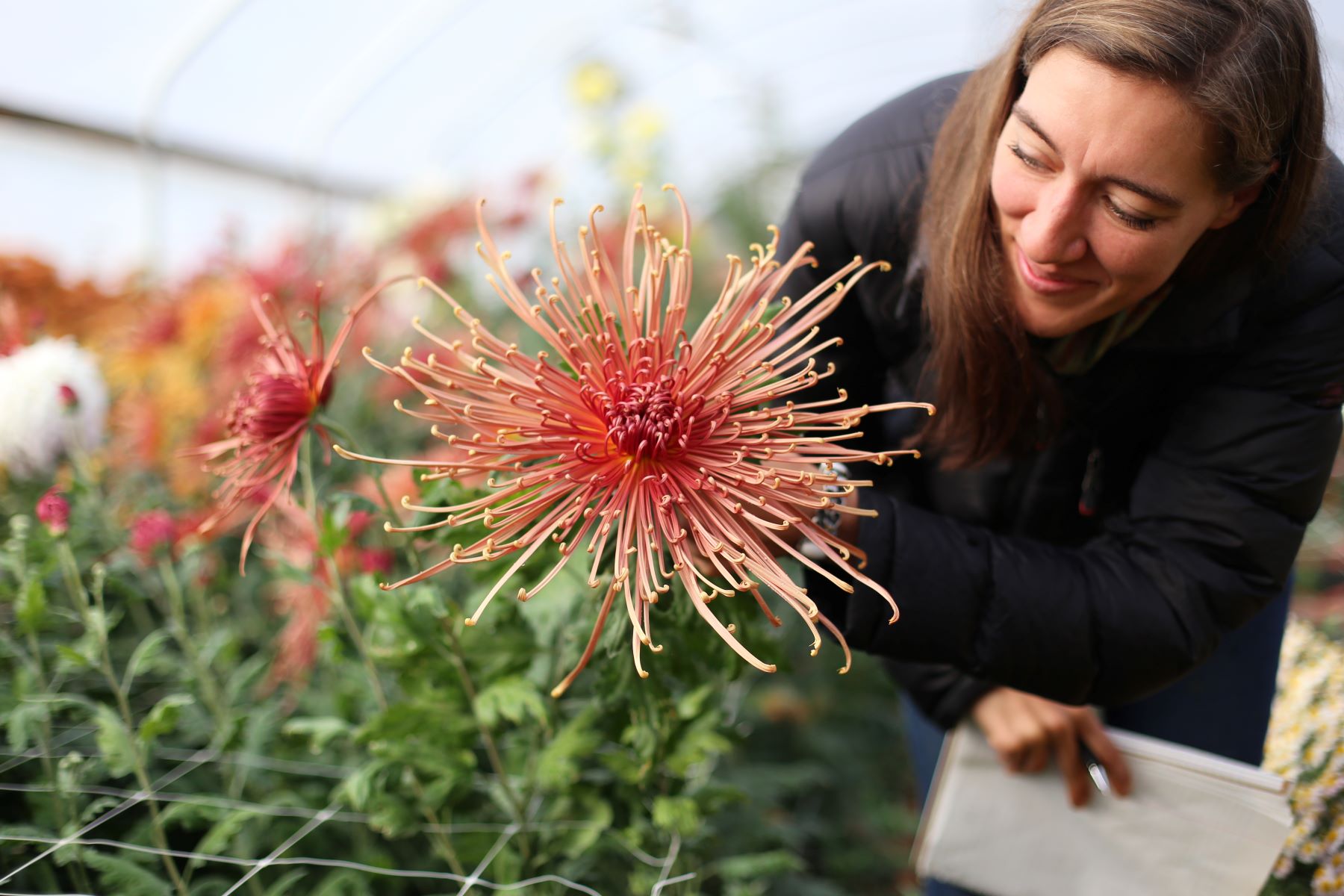
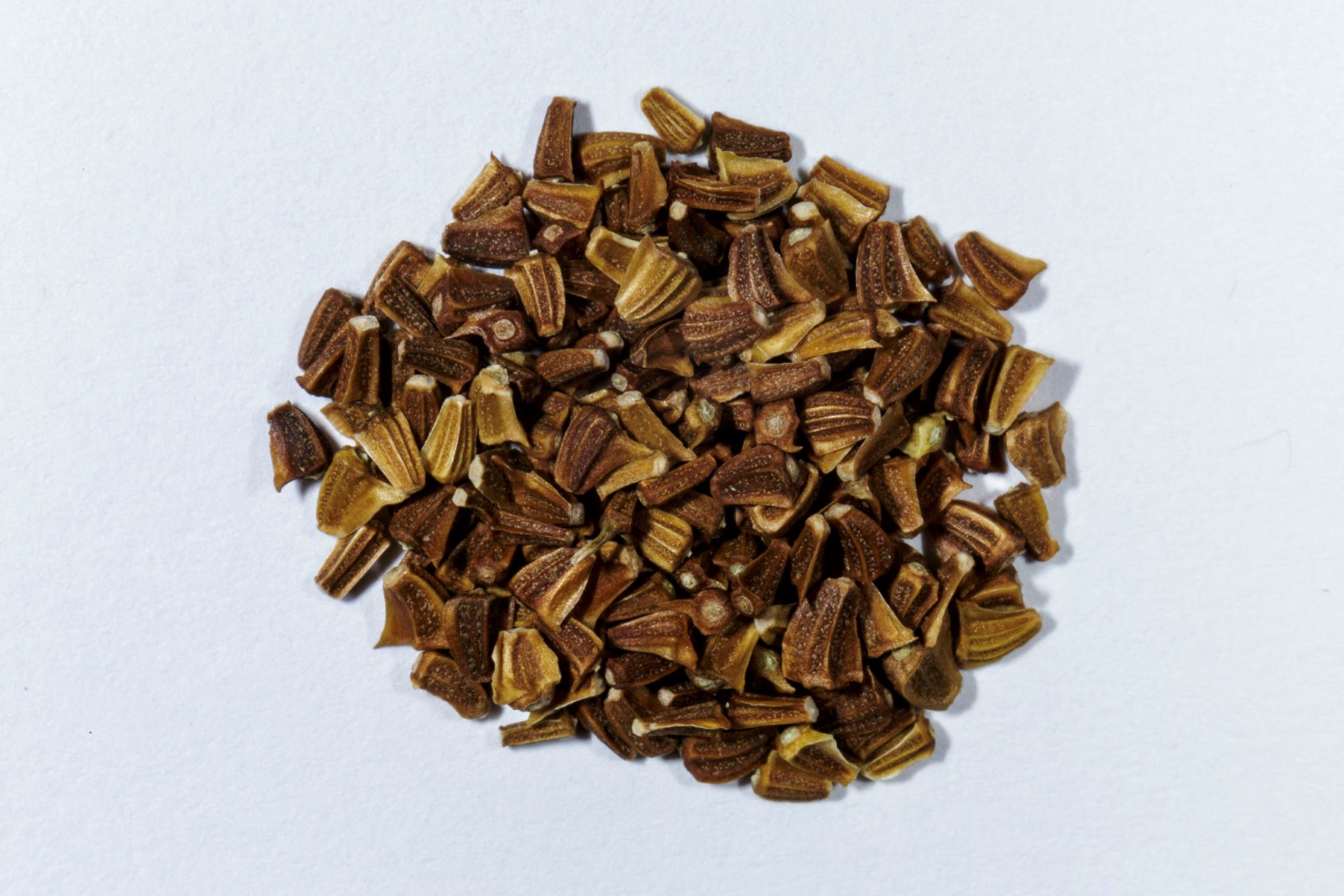
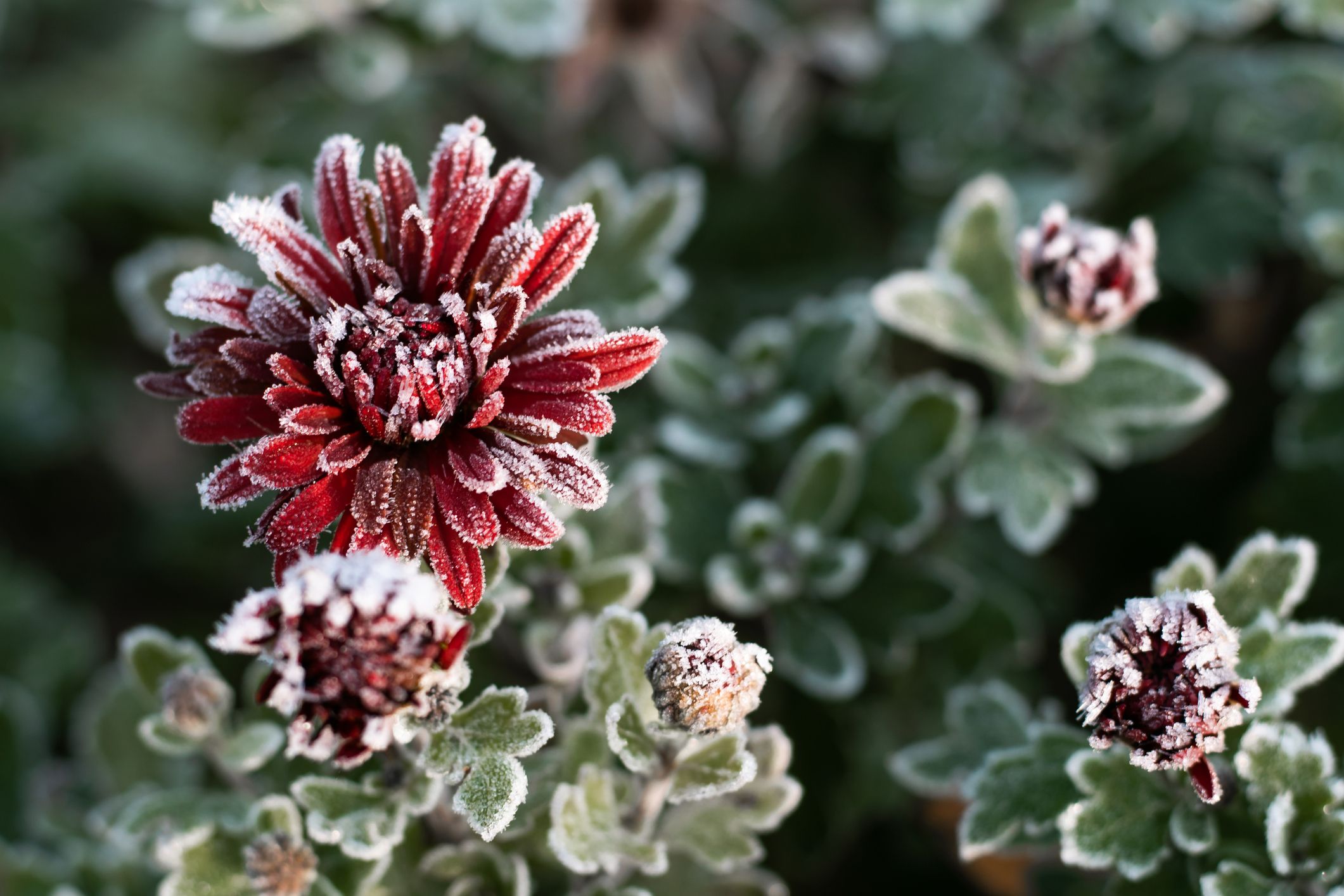
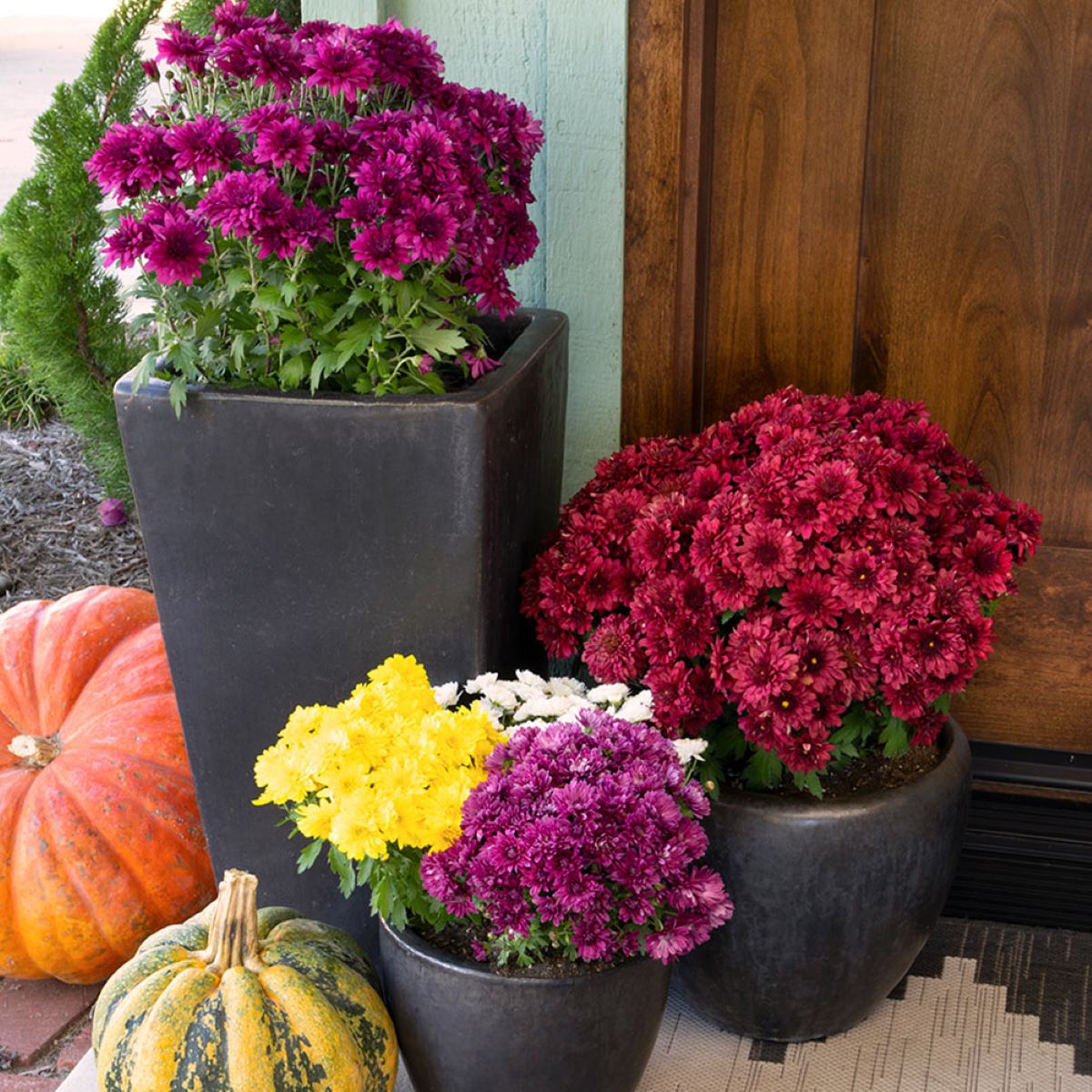
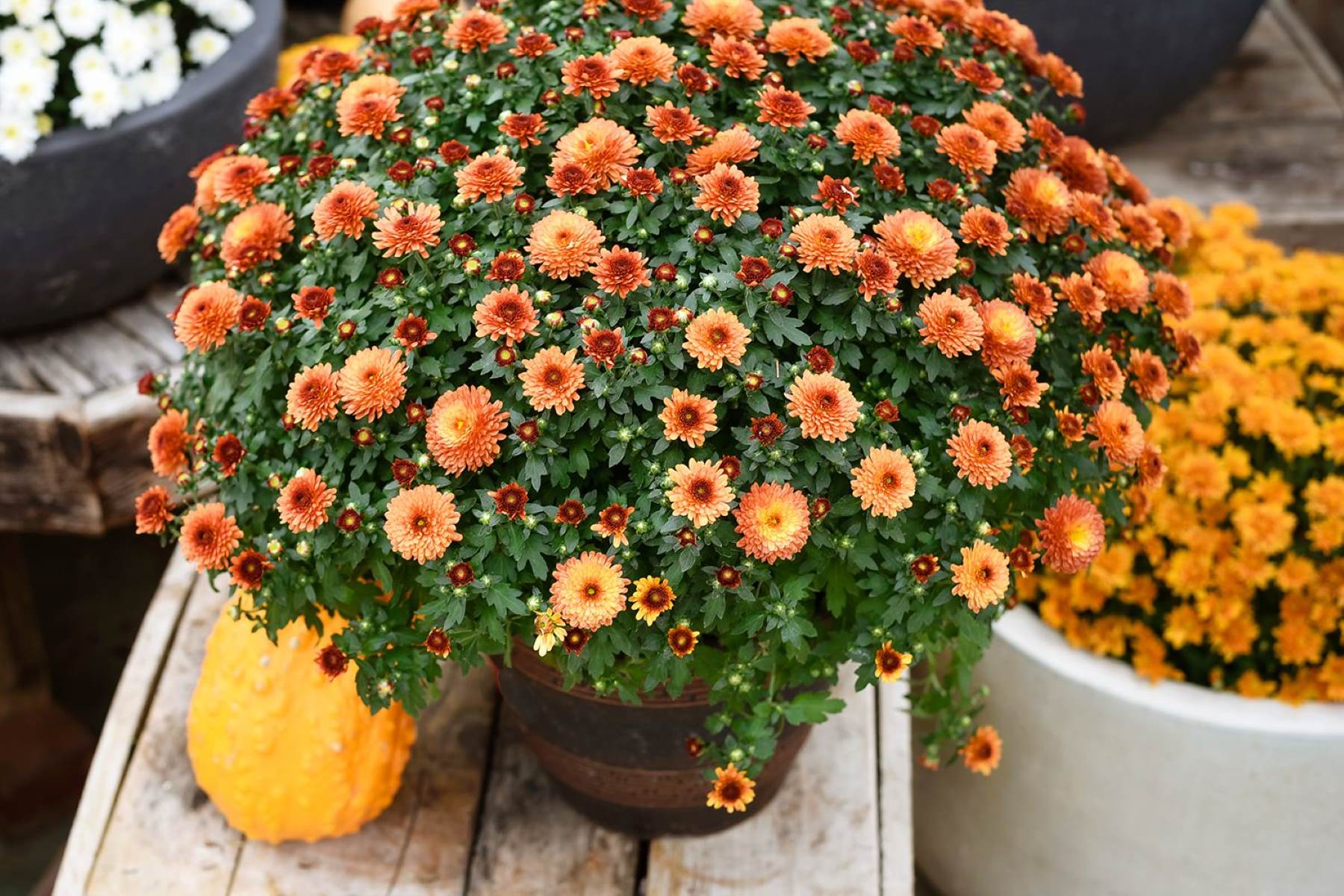
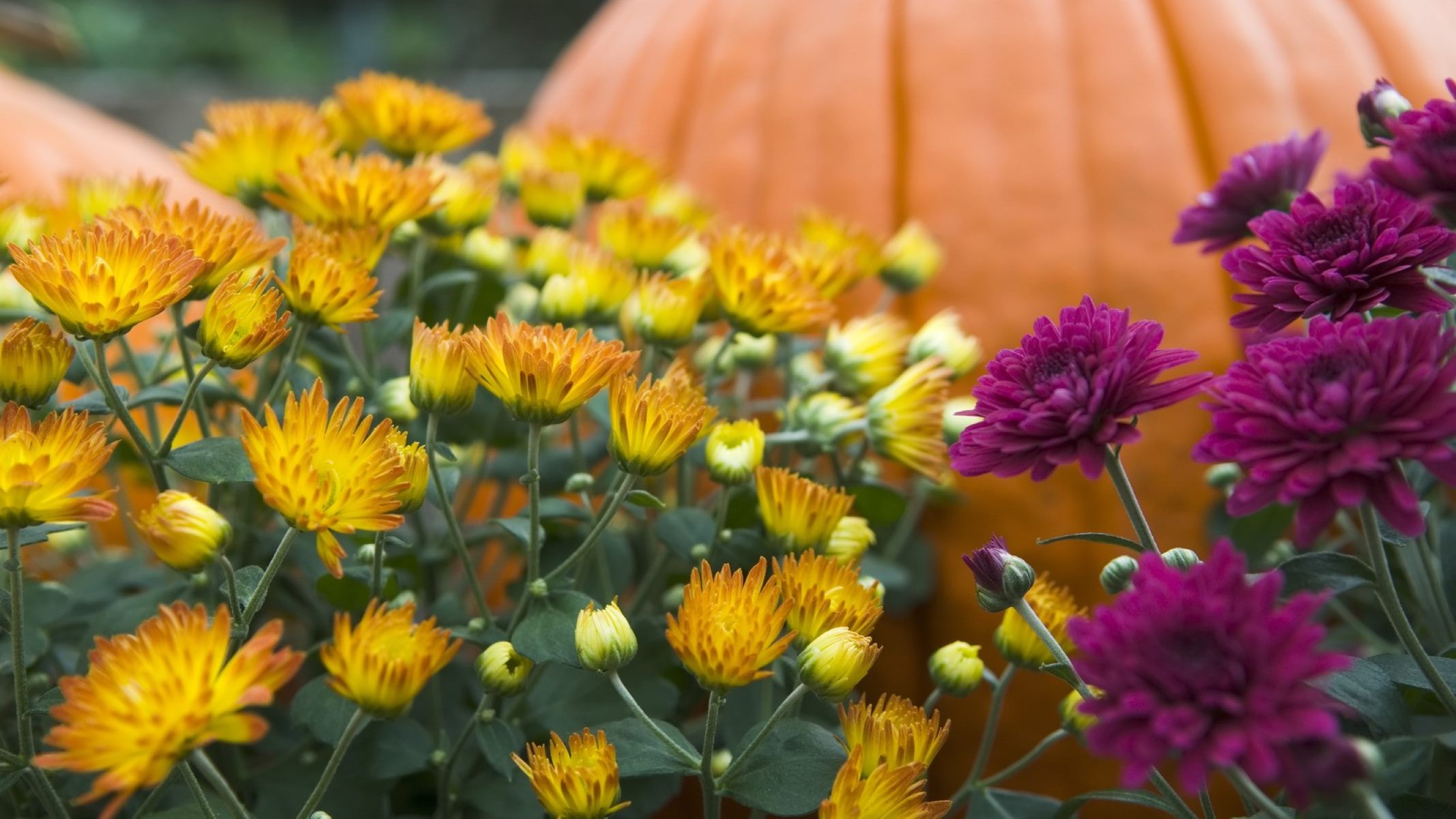

0 thoughts on “What To Do With Mums After They Bloom”